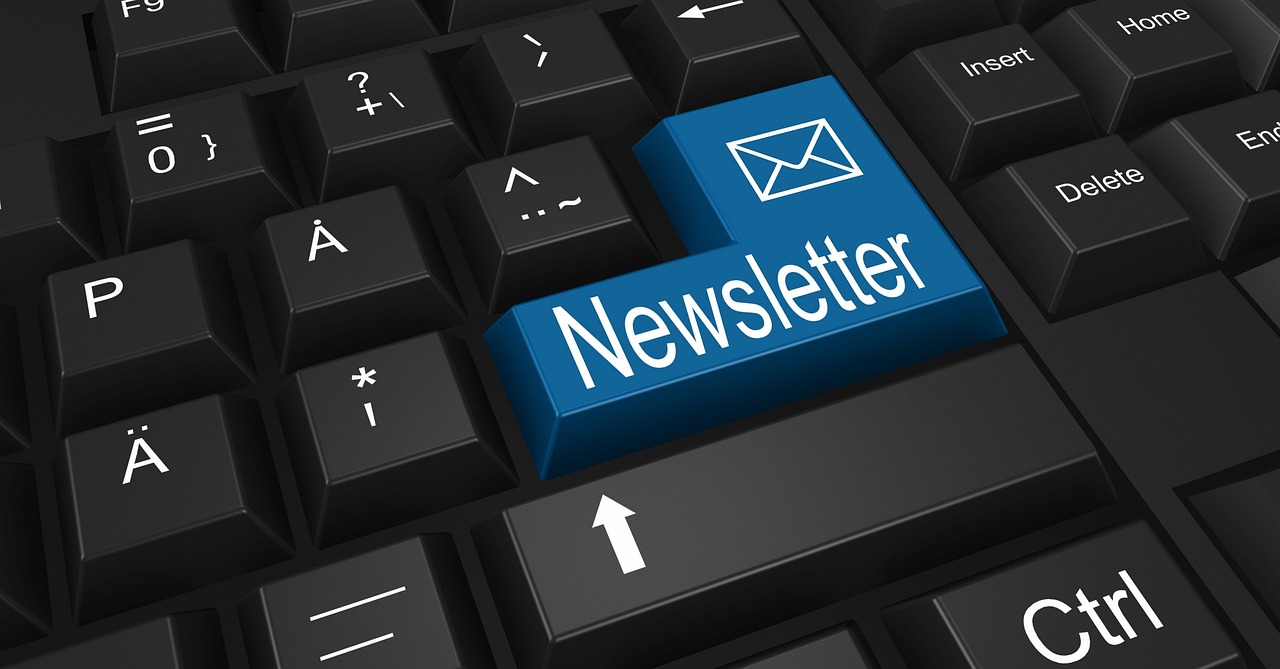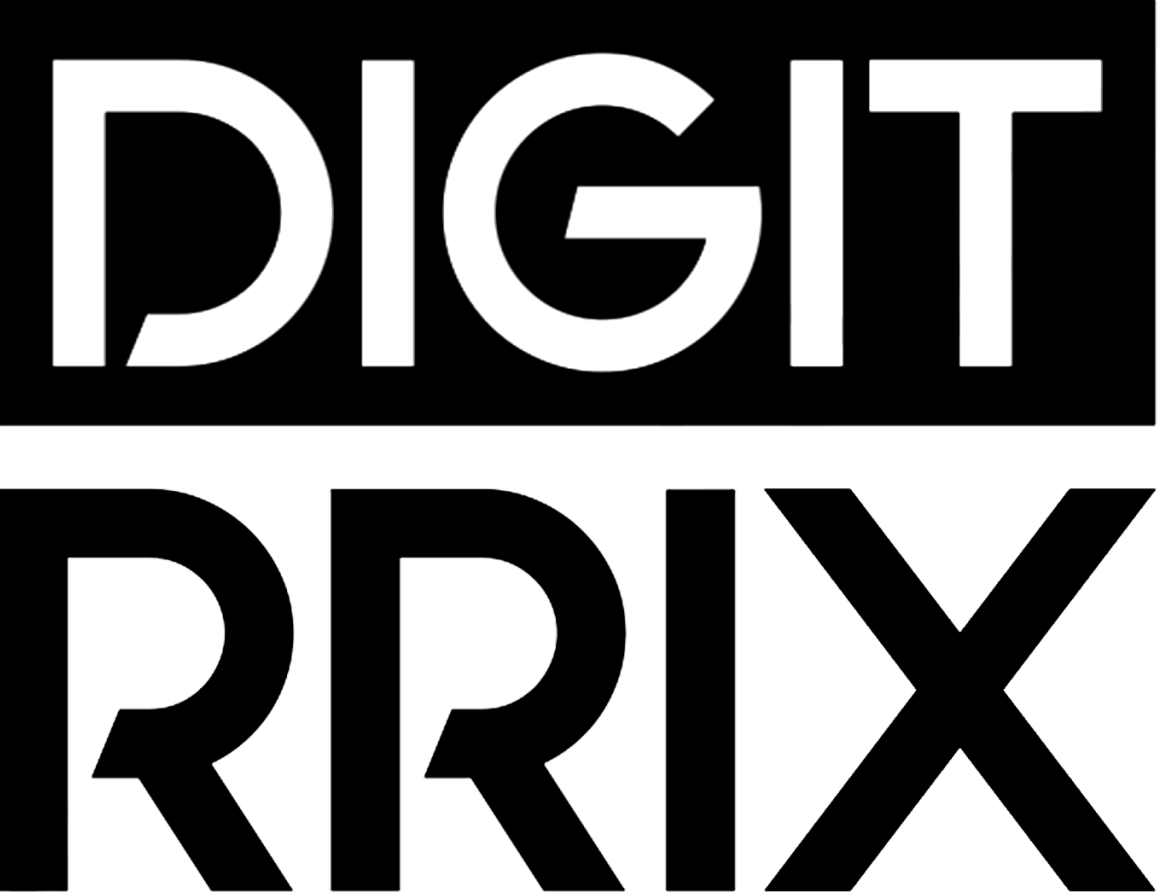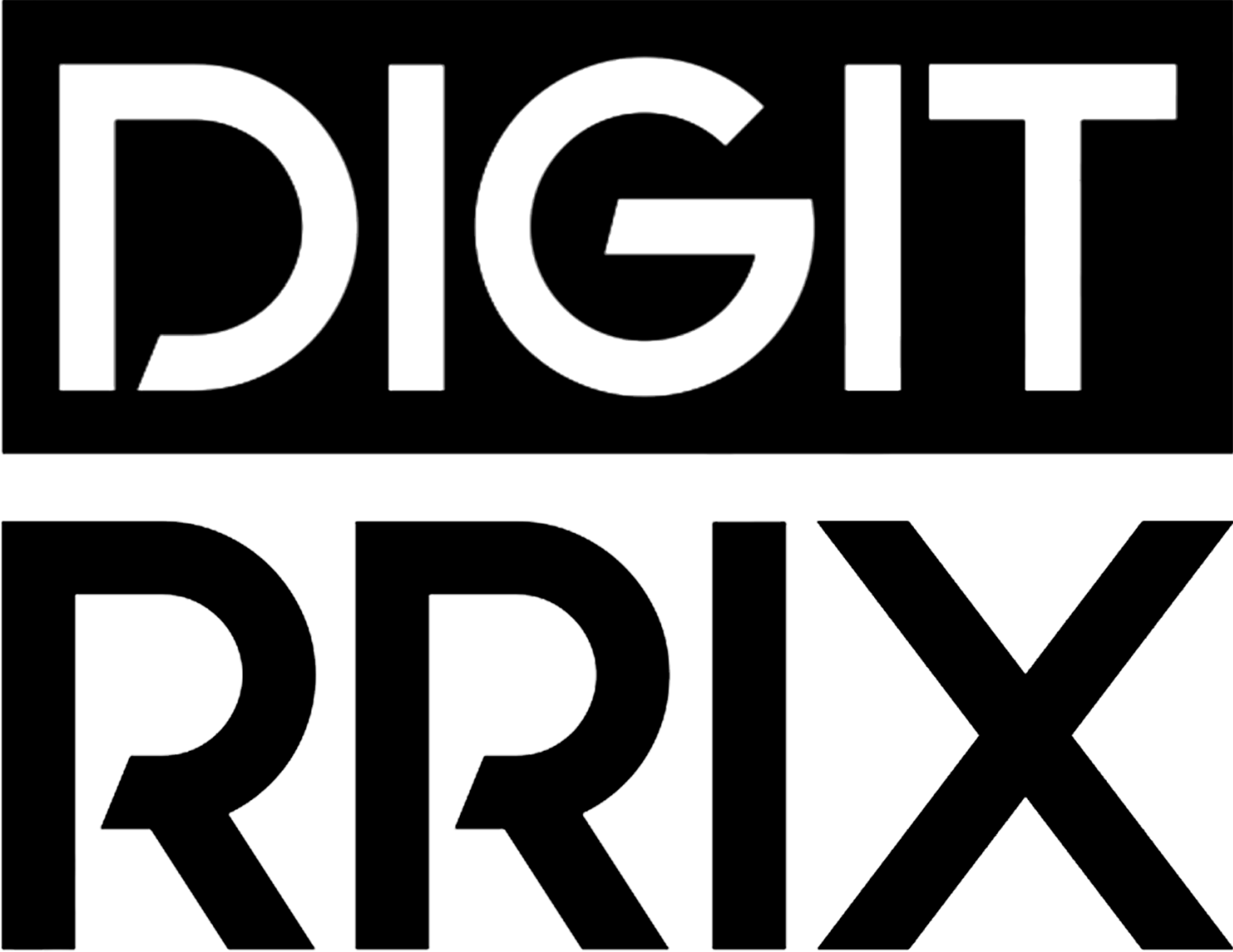
Email Marketing Best Practices to Increase Your Open Rates
In today’s fast-paced digital landscape, capturing your audience’s attention is more crucial than ever. To increase your open rates and engage your subscribers effectively, you must adopt best practices that not only stand out but also resonate with your target market. By crafting compelling subject lines, segmenting your audience for targeted messaging, and optimizing send times, you lay the groundwork for success. Additionally, utilizing personalization techniques can create a more intimate connection with your readers, while analyzing and testing your strategies ensures continuous improvement. Dive into these actionable insights to elevate your Email Marketing game and drive greater engagement.
Crafting Compelling Subject Lines for Email Marketing
Crafting compelling subject lines for Email Marketing is fundamental to capturing your audience’s attention and boosting open rates. The subject line is often the first impression your emails make; hence, it needs to be captivating and relevant. Here are some best practices to consider.
Be Concise: Keep your subject lines between 6 to 10 words. Short and punchy lines not only stand out in crowded inboxes but also convey your message quickly. Aim to distill your email’s essence into a few impactful words.
Create a Sense of Urgency: Employ phrases like “Limited Time Offer” or “Last Chance” to encourage immediate action. Techniques that invoke urgency can provoke curiosity and prompt the recipient to open the email without delay.
Ask Engaging Questions: Engaging your audience with thoughtful questions piques interest. For example, a subject line like “Are You Ready to Elevate Your Skills?” invites readers to explore further. This not only stimulates curiosity but also positions your email as a solution to their needs.
Personalization Matters: Use recipient names or relevant details in your subject lines. Personalization helps establish a connection and fosters a feeling of exclusivity, making recipients more likely to engage.
Test and Optimize: A/B testing different subject lines reveals what resonates most with your audience. Monitor open rates and adjust your strategies based on analytics. Analyzing performance data will help refine your subject lines for better results over time.
By implementing these strategies, your Email Marketing campaigns can achieve enhanced visibility, resulting in higher open rates and engaged recipients ready to explore your content.

Segmenting Your Audience for Targeted Email Marketing
Effective Email Marketing hinges on the principle of relevance, making audience segmentation a crucial strategy for maximizing impact. By categorizing your subscribers based on specific criteria like demographics, behaviors, preferences, or purchase history, you can tailor your messages to resonate with distinct groups. This not only enhances engagement but also significantly boosts your open rates.
Why Segmentation Matters: Providing meaningful content to the right audience not only improves customer satisfaction but also fosters loyalty. For instance, by segmenting your list into categories such as new customers, repeat buyers, and inactive subscribers, you can craft messages that speak directly to their unique needs and interests. New customers may appreciate welcome offers, while long-time buyers could be intrigued by loyalty rewards or exclusive promotions.
Methods of Segmentation: There are various approaches to audience segmentation. Demographic segmentation involves categorizing individuals based on age, gender, location, and so on. For instance, a clothing retailer could send tailored emails featuring different products based on gender. Alternatively, behavioral segmentation focuses on user interactions—like past purchases or email opens—enabling you to re-engage customers who may have abandoned their carts.
Implementation and Tools: Utilize customer relationship management (CRM) tools and email marketing platforms that offer segmentation capabilities. With these tools, you can easily manage segments and automate campaigns tailored to each group. For example, consider setting up an automated series for re-engagement that targets users who haven’t opened your last few emails, providing them with special content to rekindle their interest.
In sum, segmenting your audience for targeted Email Marketing not only personalizes the experience but also cultivates a more receptive audience. By understanding who your customers are and what they seek, you elevate the effectiveness of your communication, ultimately leading to higher open rates and improved conversion trajectories.
Optimizing Send Times for Maximum Open Rates
Timing plays a crucial role in the success of your Email Marketing campaigns. Sending emails at the right moment can significantly boost your open rates, driving engagement and conversions. Understanding your audience’s habits and preferences is key to optimizing send times effectively.
1. Analyzing Audience Behavior: Begin by analyzing your audience’s behavior patterns. Consider factors such as time zones, daily routines, and engagement levels. Tools like Google Analytics can provide insights into when your subscribers are most active. By identifying peak engagement times, you can tailor your email schedule to match your audience’s availability.
2. Conducting A/B Testing: Experimenting with different send times is vital. A/B testing allows you to test various send times for similar emails. Split your audience into segments and send the same email at different times. Evaluate open rates and engagement metrics to determine which time yields the best results. This iterative process brings clarity to the most effective sending strategies.
3. Utilizing Industry Benchmarks: While every audience is unique, it helps to consider industry benchmarks. Research studies suggest that weekdays, particularly Tuesday through Thursday, tend to see higher open rates. Early morning and late afternoon time slots are often ideal, as they align with common workday peaks. Use this data as a starting point before refining it based on your specific audience.
4. Automating Send Times: Automation tools can assist in optimizing send times based on individual subscriber behavior. For instance, you can set up email sequences that adapt based on when users typically engage with your emails. This personalization not only enhances open rates but also builds a more relevant experience for your subscribers.
By strategically optimizing send times, you align your Email Marketing efforts with your audience’s habits, significantly increasing the potential for higher open rates, improved engagement, and ultimately, better conversion results.
Utilizing Personalization Techniques in Email Marketing
In the dynamic world of Email Marketing, personalization stands out as a game-changer. It transcends the traditional, one-size-fits-all approach, delivering tailored content that resonates with individual preferences and behaviors. By leveraging personalization techniques, businesses can significantly enhance user engagement, driving higher open rates and conversions.
One effective strategy is to use recipient names in subject lines and greetings. This simple yet impactful tactic draws attention and cultivates a sense of familiarity. Research shows that emails with personalized subject lines generate up to 50% higher open rates. Additionally, segmenting your audience allows for more refined personalization. By analyzing customer behavior, demographics, and purchase history, you can tailor content that speaks directly to specific segments, ensuring relevance and maximizing engagement.
Another powerful method involves dynamic content insertion. This means creating emails that automatically display different content based on the recipient’s profile. For instance, showcasing products that complement past purchases or suggesting relevant blog articles can elevate the user experience. Furthermore, consider timing your emails based on previous interactions; a cleverly timed message can feel more personal and engaging.
Behavior-triggered emails are another example of effective personalization. By automating emails in response to user actions—such as cart abandonment or browsing activity—you can re-engage potential customers when they are most likely to transact. This immediacy fosters a connection, demonstrating your attentiveness to their needs.
Implementing these personalization techniques not only cultivates a loyal customer base but also drives the effectiveness of your Email Marketing campaigns. By tailoring content and timing to each individual, you can elevate your brand’s communication to a place where every recipient feels valued and understood, ensuring optimal engagement and fostering customer loyalty.

Analyzing and Testing Your Email Marketing Strategies
To truly elevate your Email Marketing efforts, it’s crucial to implement a systematic approach for analyzing and testing your strategies. This not only helps in revealing what works but also pinpoints areas for improvement. Begin by establishing key performance indicators (KPIs) such as open rates, click-through rates, conversion rates, and bounce rates. Each of these metrics offers valuable insights into your campaign’s success and areas needing attention.
A/B testing is one of the most effective methods for optimizing your emails. This involves sending two variations of an email to segments of your audience. You could test different subject lines, content layouts, or calls to action. By analyzing the performance of these variants, you gain a clear understanding of what resonates best with your audience. It’s essential to only test one element at a time to ensure accurate results.
Furthermore, segmenting your audience allows for more tailored testing. By dividing your list into groups based on demographics, behavior, or past engagements, you can refine your message for each segment. For instance, younger audiences might respond better to dynamic visuals, while older demographics may prefer straightforward text messages.
Don’t neglect the power of analytics tools. Platforms like Google Analytics can track user engagement metrics after they interact with your emails. It provides insights into how your recipients behave once they land on your site, allowing you to evaluate the complete customer journey stemming from your Email Marketing campaigns.
Lastly, hold regular reviews of your strategies. Create a schedule to revisit your analytics, pulling insights from past campaigns to inform future ones. This ongoing cycle of testing and analysis will ensure your Email Marketing remains effective, relevant, and continually optimized for the highest open rates possible.
Frequently Asked Questions
What are the best practices for writing email subject lines that improve open rates?
Crafting compelling email subject lines is crucial for increasing open rates. Best practices include keeping your subject lines concise, ideally around 6-10 words, and utilizing personalization to resonate with your audience. Incorporating actionable language and urgency, such as “Don’t miss out!” or “Limited time offer!”, can entice readers to click. Additionally, testing different subject lines across segments with A/B testing will help identify the phrases that most effectively drive engagement.
How often should I send marketing emails to maximize open rates?
Determining the optimal frequency for sending marketing emails is essential to maintain high open rates without overwhelming your subscribers. Generally, a cadence of once a week is recommended as it keeps your brand top-of-mind without causing subscriber fatigue. However, it’s vital to analyze your audience’s behavior and preferences through feedback and performance metrics to fine-tune your schedule. A/B testing various frequencies can help identify the sweet spot that maximizes engagement.
How can segmentation improve my email marketing open rates?
Segmentation is a powerful strategy for enhancing email open rates by allowing you to tailor content to specific audience groups. By dividing your email list based on factors such as demographics, purchase history, or engagement levels, you can create personalized and relevant content that resonates with each segment. This targeted approach not only increases the likelihood of your emails being opened, but it also fosters stronger relationships with your subscribers, ultimately leading to higher conversion rates.
What role does mobile optimization play in email open rates?
With over half of all emails being opened on mobile devices, optimizing your emails for mobile viewing is critical to improving open rates. This involves ensuring your email layout is responsive and visually appealing on smaller screens, while also using clear and engaging subject lines. Incorporating concise content and strong call-to-action (CTA) buttons that are easily clickable on mobile devices can enhance user experience and increase the likelihood of engagement, thereby boosting your email marketing performance.



